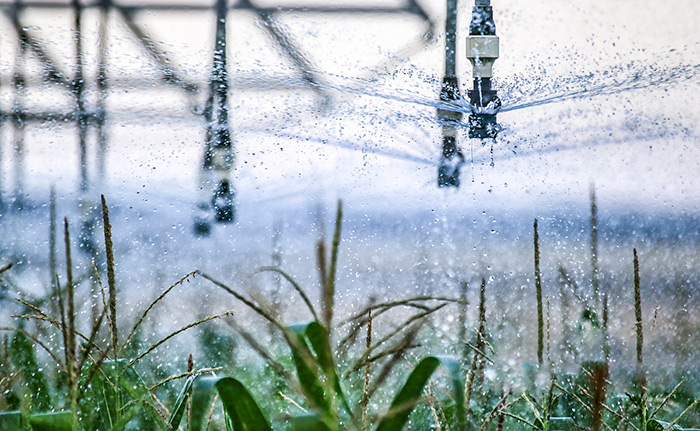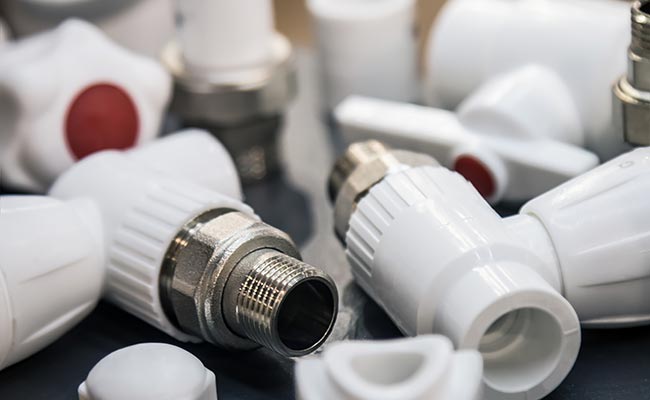You need to connect PE pipes for an irrigation project, but gluing is slow and welding is not an option. Your team is wasting valuable time on complex connections that can easily leak if not done perfectly.
PP compression is a type of fitting made from polypropylene (PP) that creates a watertight seal on polyethylene (PE) pipes. It works by mechanically compressing a sealing ring onto the pipe as you tighten a nut, usually by hand.
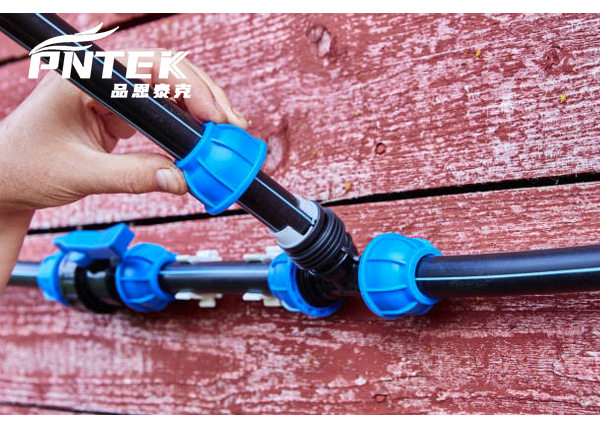
When I talk to my partner Mandla about his projects in South Africa, the conversation often turns to speed and reliability. His teams are often working in remote areas to install irrigation or rural water lines. They can’t afford delays or failed connections. This is where PP compression fittings are a true game-changer. It’s a technology that is so simple, yet so effective, that it has transformed how we connect PE pipes. Understanding this simple mechanical brilliance is key to appreciating its value.
What does PP mean in piping?
You see various plastics like PVC, CPVC, and PP, and you are not sure about their differences. Choosing the wrong material for a specific chemical or temperature can lead to early failure and costly damage.
In piping, PP stands for Polypropylene. It is a tough, heat-resistant thermoplastic known for its exceptional chemical resistance. This makes it a perfect choice for industrial applications, chemical lines, and hot water systems.
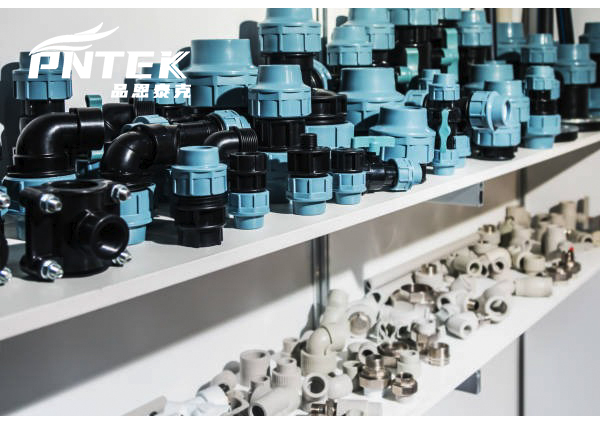
Let’s talk about materials. While PVC is great for many general water applications, PP has its own unique strengths. Its main superpower is its ability to stand up to a huge range of chemicals—acids, alkalis, and solvents that would weaken or destroy other plastics. At Pntek, we choose high-grade PP for our compression fittings because it is incredibly durable and resistant to impact, which is essential for any product used in the field. It also handles higher temperatures than standard PVC. We also add stabilizers to our PP formula to ensure it resists UV degradation from the sun, preventing it from becoming brittle over time. This focus on material quality is why our fittings are trusted in some of the most demanding environments.
PP vs. PVC: A Quick Comparison
| Feature | Polypropylene (PP) | Polyvinyl Chloride (PVC) |
|---|---|---|
| Chemical Resistance | Excellent | Good |
| Temperature Limit | Higher (up to 80°C) | Lower (up to 60°C) |
| Joining Method | Fusion Welding, Mechanical | Solvent Cement (Glue), Mechanical |
| Flexibility | More flexible, high impact strength | Rigid, more brittle |
What are PP fittings?
You need to join your pipes, but you want to avoid messy glue or complex welding equipment. Using these old methods can slow down your entire project and requires specially trained workers.
PP fittings are connectors made from polypropylene used to join PP or PE pipes. They include types for welding, but the most popular are compression fittings, which create a strong mechanical seal without any heat, glue, or special tools.
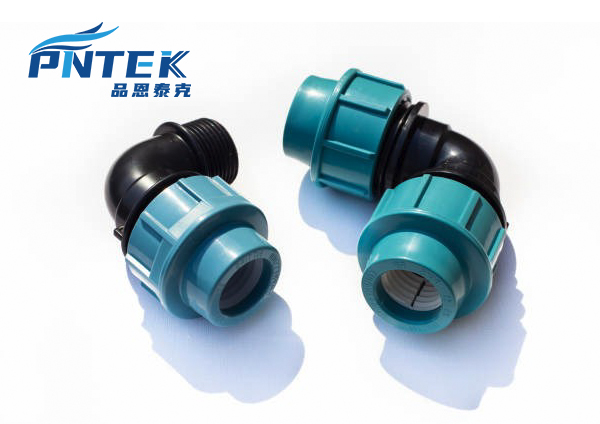
PP fittings are the building blocks for creating a versatile piping network. While you can join PP pipes using heat (socket or butt fusion), the real star for PE pipe connections is the PP compression fitting. We have focused our innovation on these fittings at Pntek. Inside each fitting is a clever system of parts. When you screw the nut onto the body, it sets off a chain reaction. A sharp-toothed “clinch ring” bites into the PE pipe to anchor it firmly, so it cannot pull out. At the same time, a “thrust ring” pushes an “O-ring” into a chamber, compressing it against the pipe. This compressed rubber O-ring is what creates the perfect, bubble-tight seal. It’s a simple, brilliant design that allows anyone to make a professional-quality connection in seconds.
The Anatomy of a PP Compression Fitting
- Nut: Tightens to activate the seal.
- Clinch Ring: Grips the pipe to prevent pull-out.
- Thrust Ring: Pushes the O-ring into position.
- O-Ring: The rubber seal that stops the water.
- Body: Houses all the components and connects to the pipe.
What does compression mean in plumbing?
You have heard the term “compression joint” but are not exactly sure how it works. This lack of knowledge can make it hard to explain the benefits to your customers or trust the connection yourself.
In plumbing, compression refers to a method of creating a seal by using mechanical force to squeeze a sealing component. Tightening a nut physically compresses a ring or gasket against a pipe, forming a watertight joint without chemicals or welding.
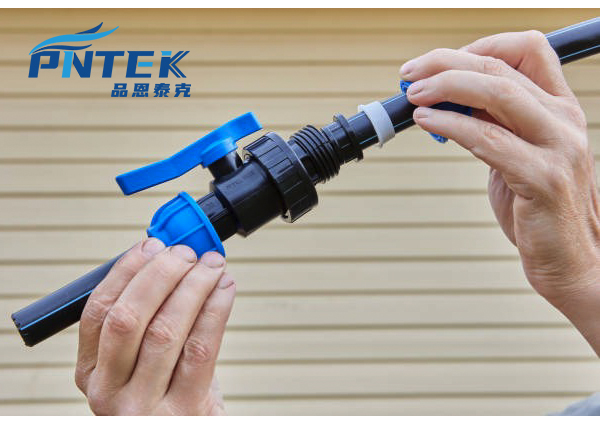
The idea behind compression is simple and powerful. Instead of using a chemical reaction like glue or melting plastic with heat, you are using simple mechanical force. Think about tightening a bolt. As you tighten the nut on a compression fitting, it squeezes a soft, flexible seal (an O-ring in our case) into a small, confined space. The seal has nowhere to go, so it presses extremely tightly against the pipe surface and the fitting body. This pressure creates a barrier that water cannot pass. The main advantage is simplicity and reliability. You do not need to worry if the glue is dry, or if the weld was hot enough. It is a purely physical seal that you can trust, and it is a method that works perfectly for connecting flexible or semi-rigid pipes like PE.
What are the two main types of compression joints?
You see compression fittings for copper pipes and different ones for plastic pipes, and you wonder why they are not the same. Using a fitting designed for metal on a plastic pipe would surely fail.
The two main types are for metal pipes and for plastic pipes. The metal pipe version uses a soft metal ring (ferrule) that bites into the pipe. The plastic pipe version uses a gripping ring and a separate rubber O-ring for the seal.
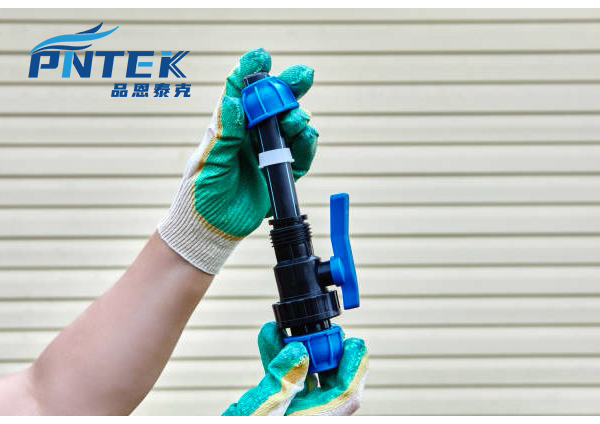
It is vital to know which type to use. The design is specific to the pipe material. For rigid metal pipes like copper, the fitting has a small brass or copper ring called a ferrule. When you tighten the nut, this ferrule is crushed and bites into the surface of the metal pipe, creating the seal. This is a one-time process that permanently deforms the ferrule. For plastic pipes, like the PE pipes used in irrigation, the approach is different. Our PP compression fittings use a “disassembled” system. A plastic clinch ring with small teeth grabs the outside of the pipe to hold it in place. Then, a separate, soft rubber O-ring is compressed to create the seal. This design provides incredible holding power and a perfect seal without damaging the plastic pipe. It is the ideal method for PE pipe systems.
Compression Joint Types
| Type | For Pipe Material | Sealing Method |
|---|---|---|
| Type 1: Ferrule | Metal (Copper, Brass) | A metal ring is crushed onto the pipe surface. |
| Type 2: O-Ring | Plastic (Polyethylene) | A clinch ring grips the pipe and a rubber O-ring is compressed. |
Conclusion
PP compression fittings are a fast, tool-free solution for joining PE pipes. They use the simple mechanical force of an O-ring to create a reliable, watertight seal for any project.
Post time: Oct-11-2025


